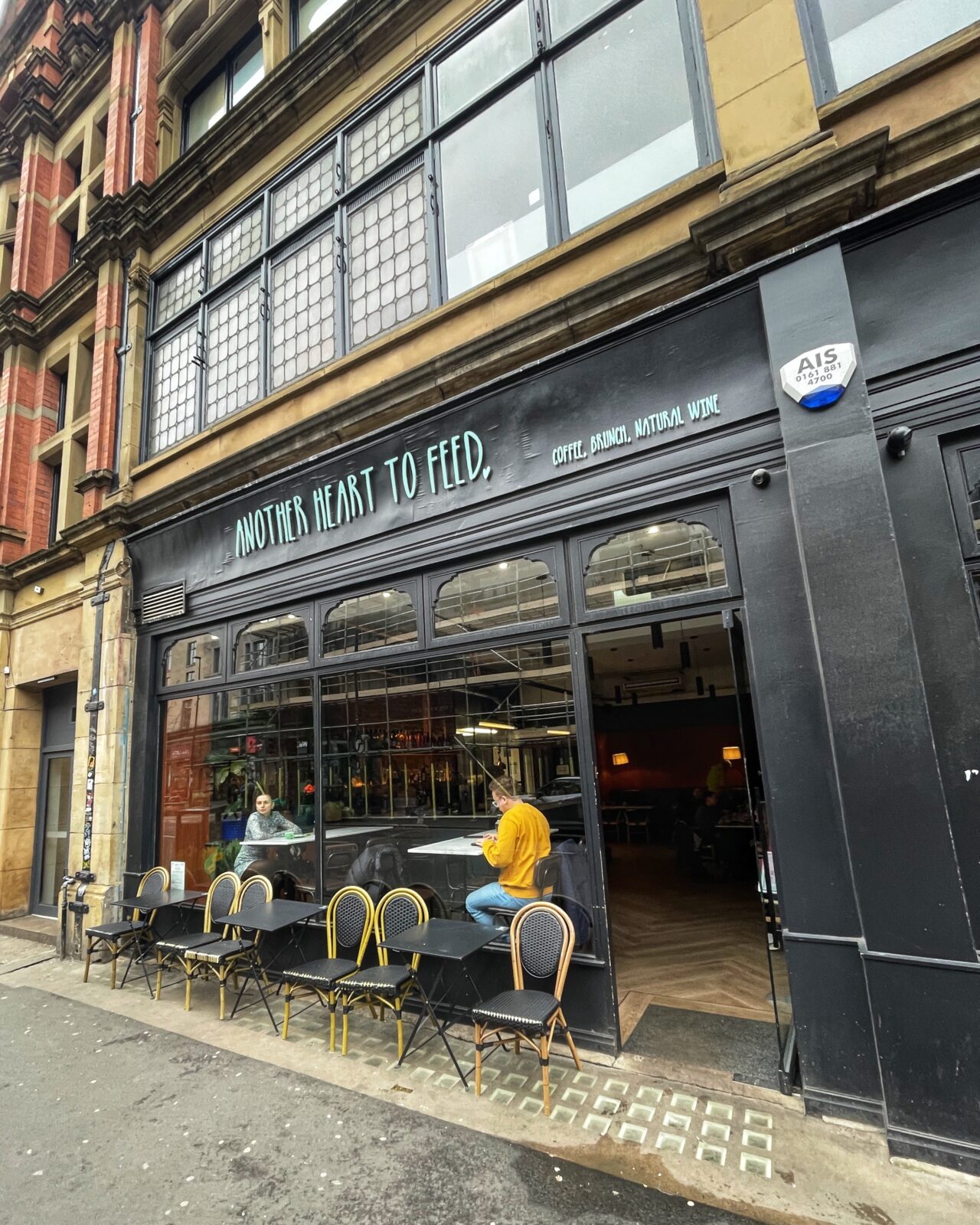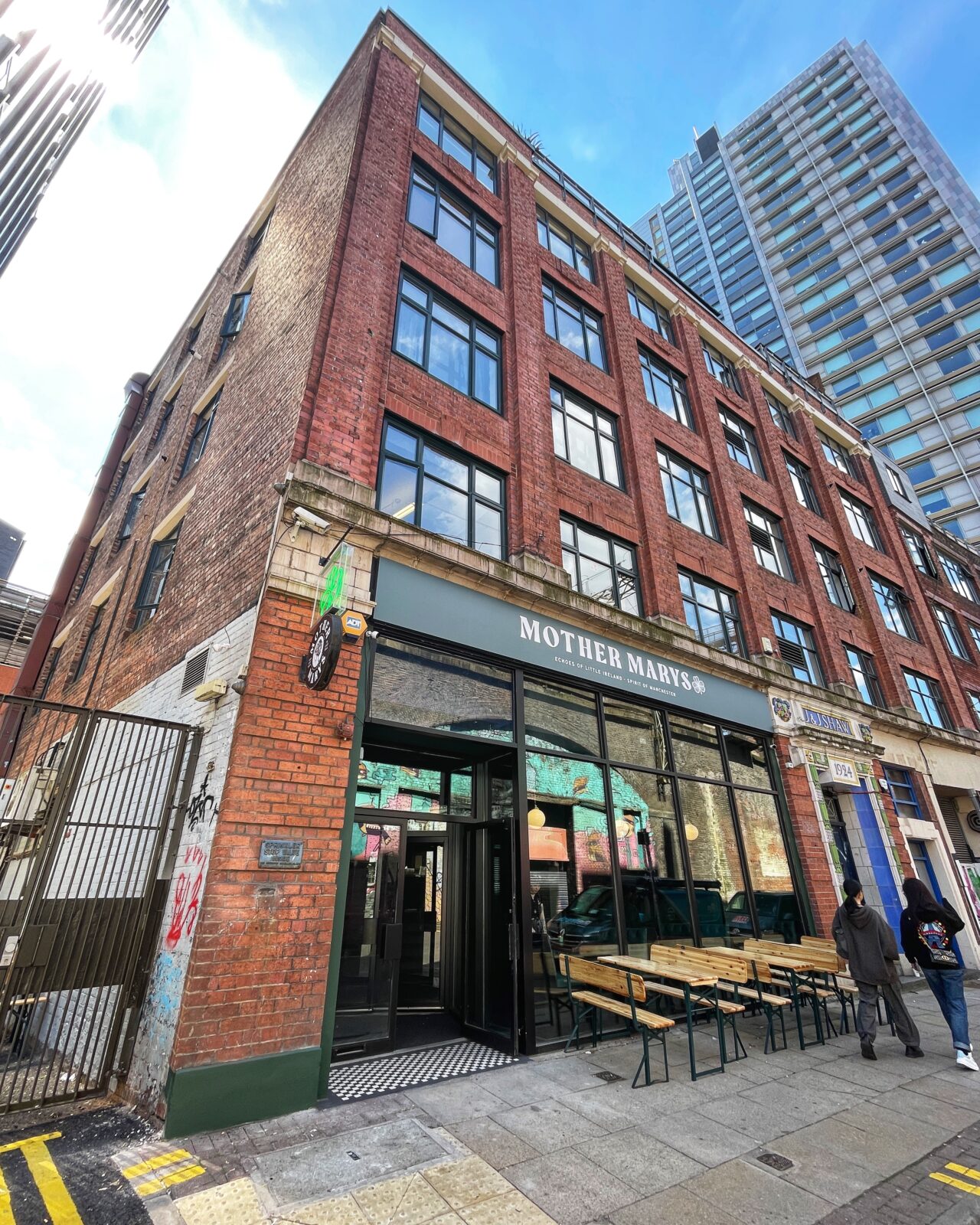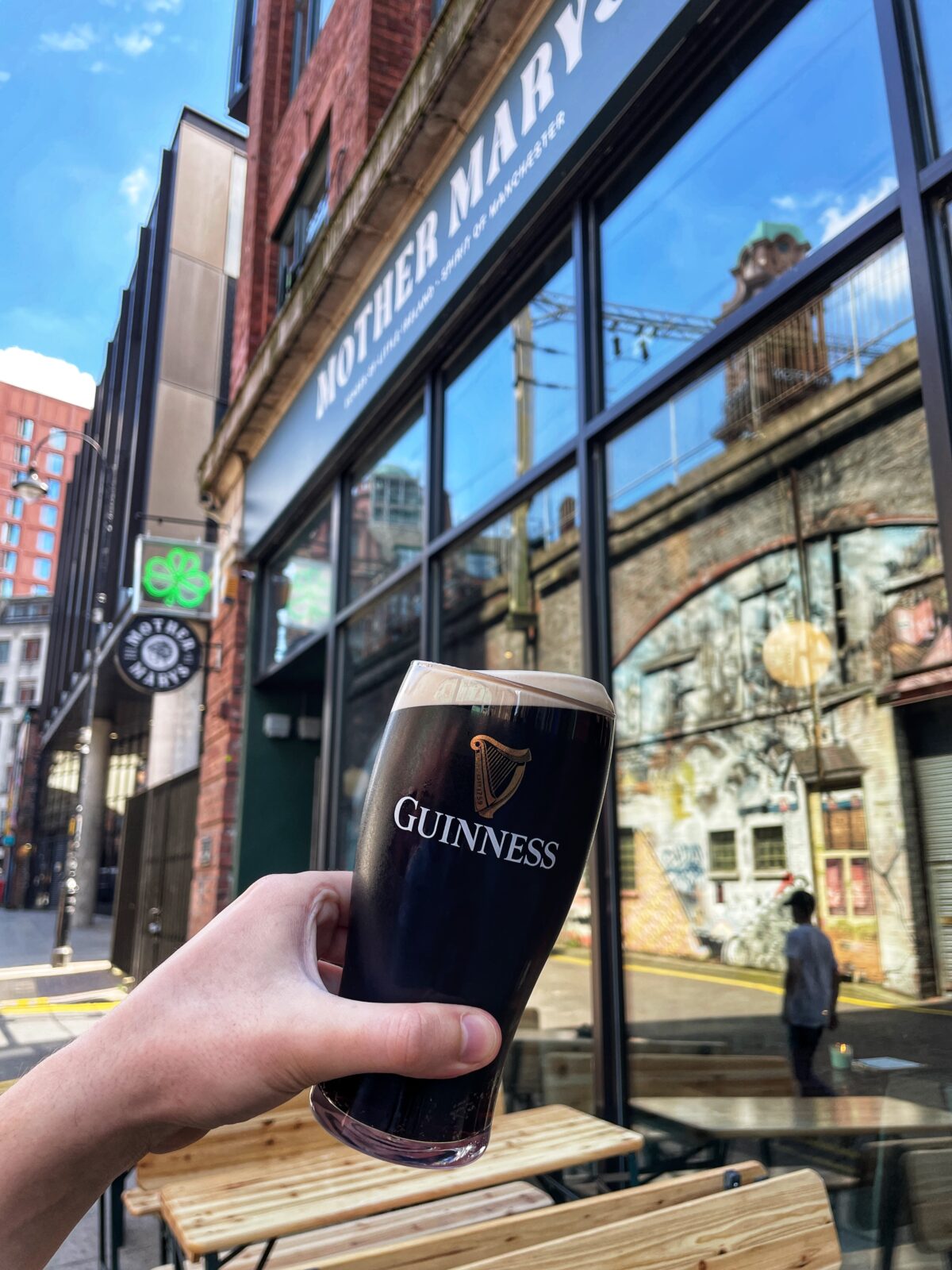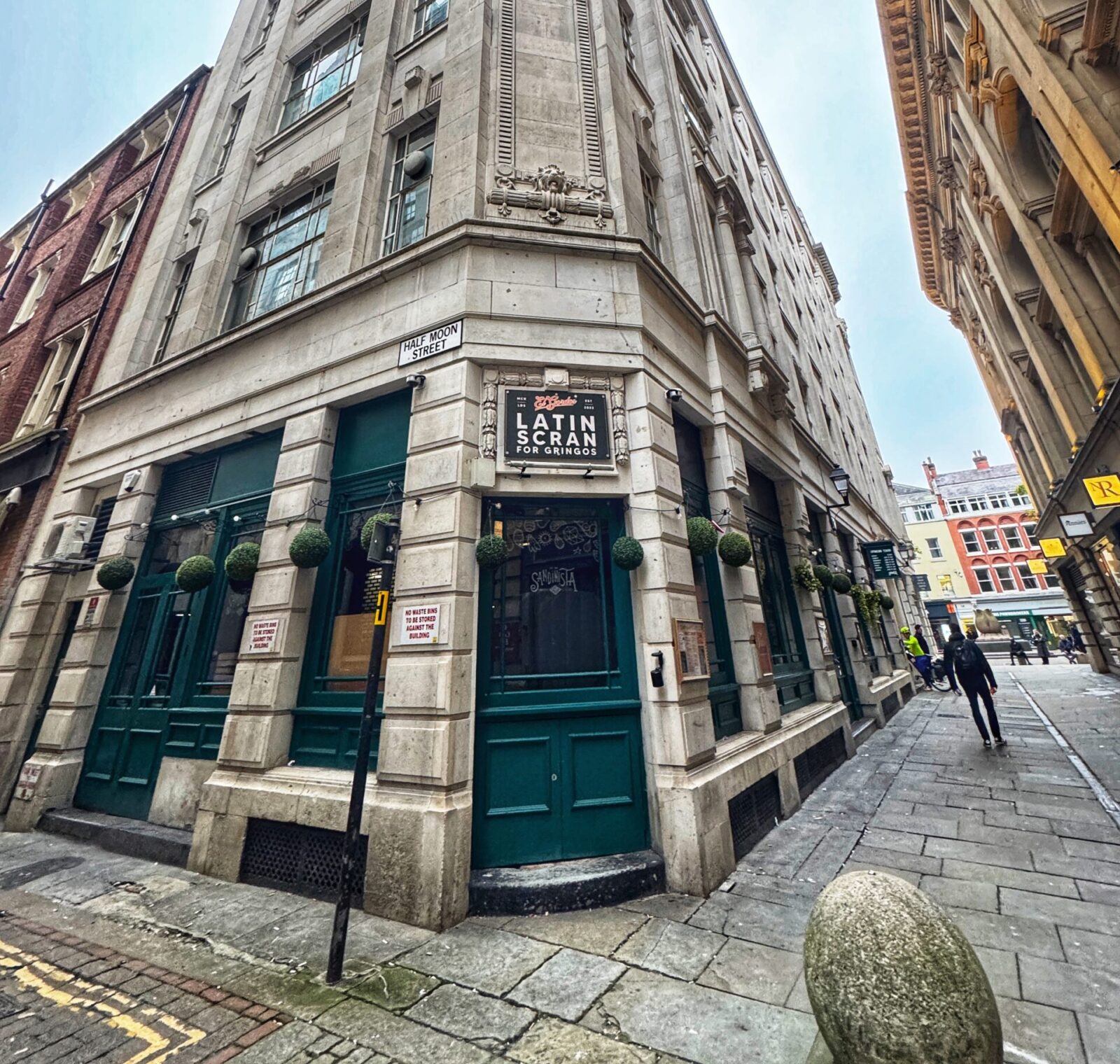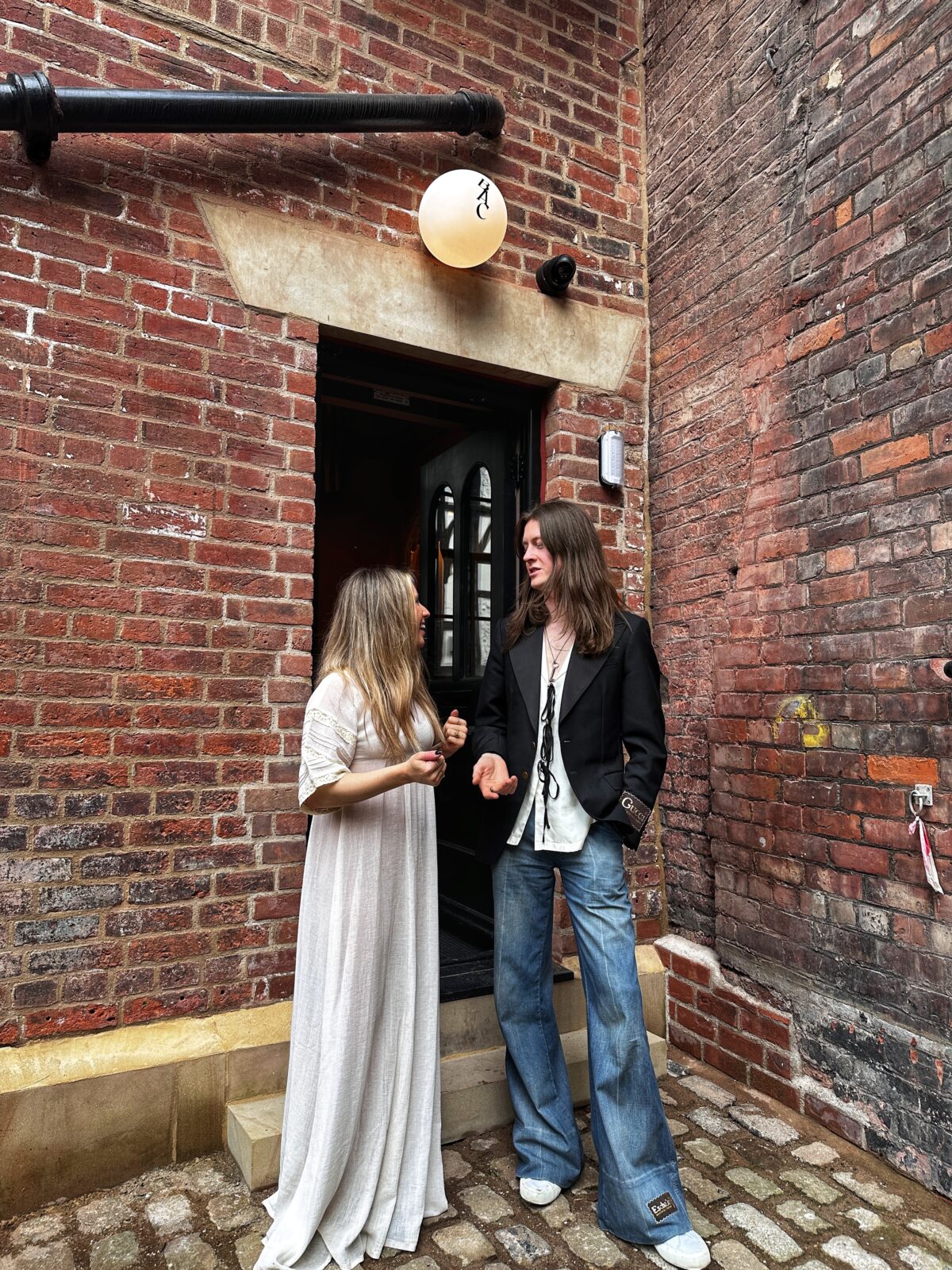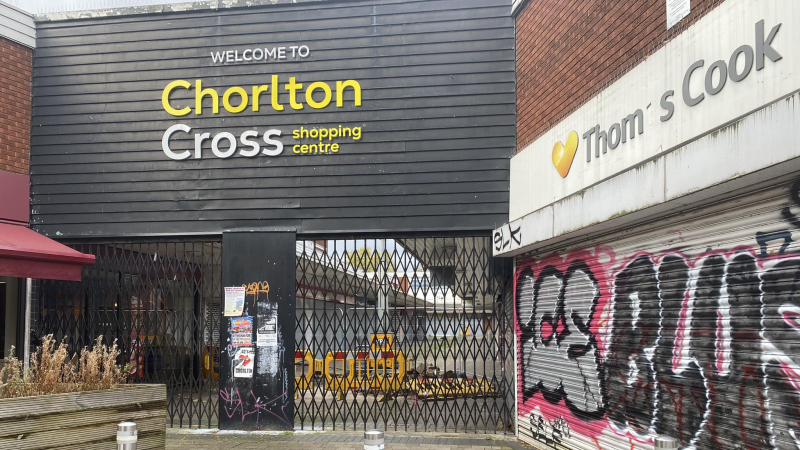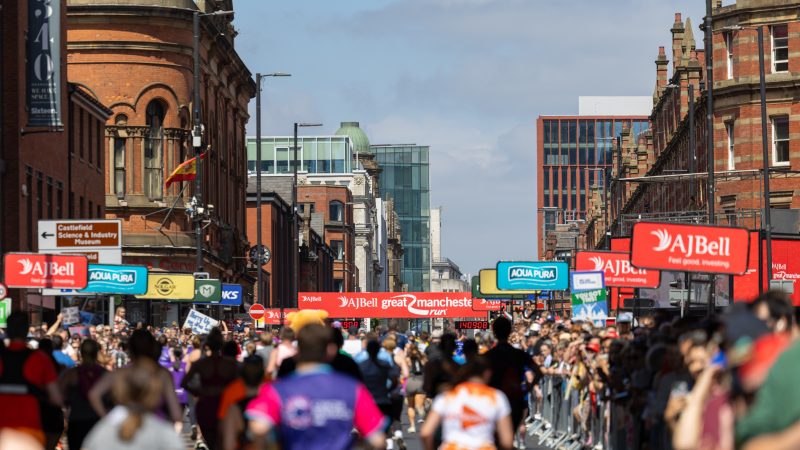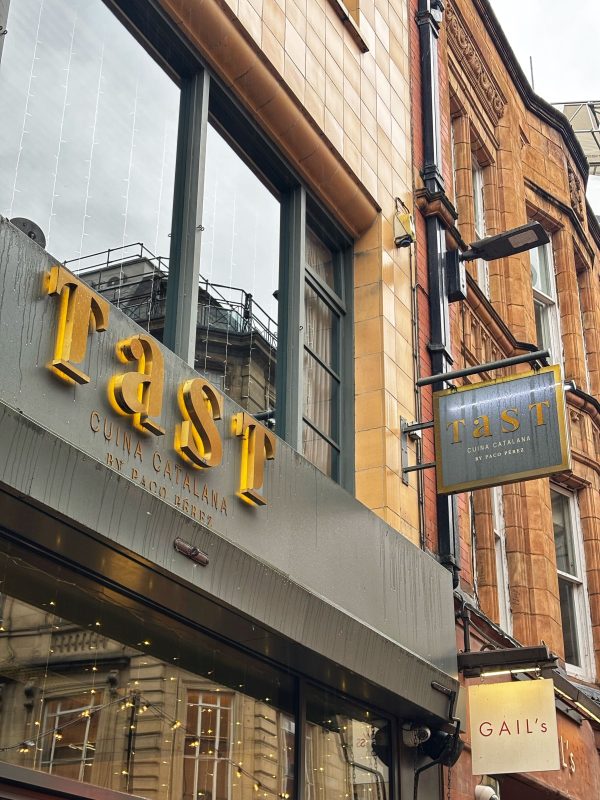News
New NHS track and trace app launches today. But how does it work?
Features of the app include a self-isolation prompt, ability to book a test and access results, check-in at venues by scanning a QR code, and a tool to check the number of coronavirus cases in a local postcode.

The NHS COVID-19 app has finally been launched in England and Wales – just as the UK enters a second wave of cases.
The government had attempted to launch its own tracing app during the spring – but faced multiple issues during the initial rollout on the Isle of Wight.
A decision was made to switch to a decentralised model with Apple and Google leading development instead, and four months later than initially planned, the app is now ready for the public to download.
Available to anyone aged 16 + and in multiple languages, the NHS app has been labelled an ‘important new tool to work alongside traditional contact tracing to help reduce the spread of the virus.’
The app works by using low-energy Bluetooth to log the amount of time people spend near other app users, and the distance between them.
Users are alerted if someone close by later tests positive for COVID-19.
Features of the NHS app include a self-isolation prompt, test-booking services with results, ability check-in at venues by scanning a QR code, and a tool to check the number of coronavirus cases in a local postcode.
The UK’s major mobile network operators, including Vodafone, Three, EE and O2, Sky and Virgin, have confirmed that all in-app activity will not come out of customers’ data allowance.
The government has confirmed that the app does not store personal information and only requires the first half of a postcode.
No personal data is shared with the government or NHS.
Health and Social Care Secretary Matt Hancock said: “We are at a tipping point in our efforts to control the spread of this virus. With infection rates rising we must use every tool at our disposal to prevent transmission, including the latest technology.
“We have worked extensively with tech companies, international partners, and privacy and medical experts – and learned from the trials – to develop an app that is secure, simple to use and will help keep our country safe.
“Today’s launch marks an important step forward in our fight against this invisible killer and I urge everyone who can to download and use the app to protect themselves and their loved ones.”

The NHS Test and Trace team developing the app has worked closely with major tech companies, including Google and Apple, scientists within the Alan Turing Institute and Oxford University, Zuhlke Engineering, medical experts, privacy groups.
Dido Harding, Executive Chair of England’s NHS Test and Trace Programme, commented: “We want to make it as easy as possible for everyone to engage with England’s NHS Test and Trace service.
“The NHS COVID-19 app enables the majority of people with a smartphone to find out if they are at risk of having caught the virus and need to self isolate, order a test if they have symptoms, and access the right guidance and advice.”
Simon Thompson, Managing Director of the NHS COVID-19 App, said he is “confident that every person who downloads the app will be helping to protect themselves and their loved ones.”
“This new version is so much more than just a contact tracing app – it has a range of features which will quickly alert you if you’re at risk of coronavirus,” said Thompson.
“The more people who use it, the better it works.”
The app is available for download on Apple and Google app stores from today for free (24 September).






